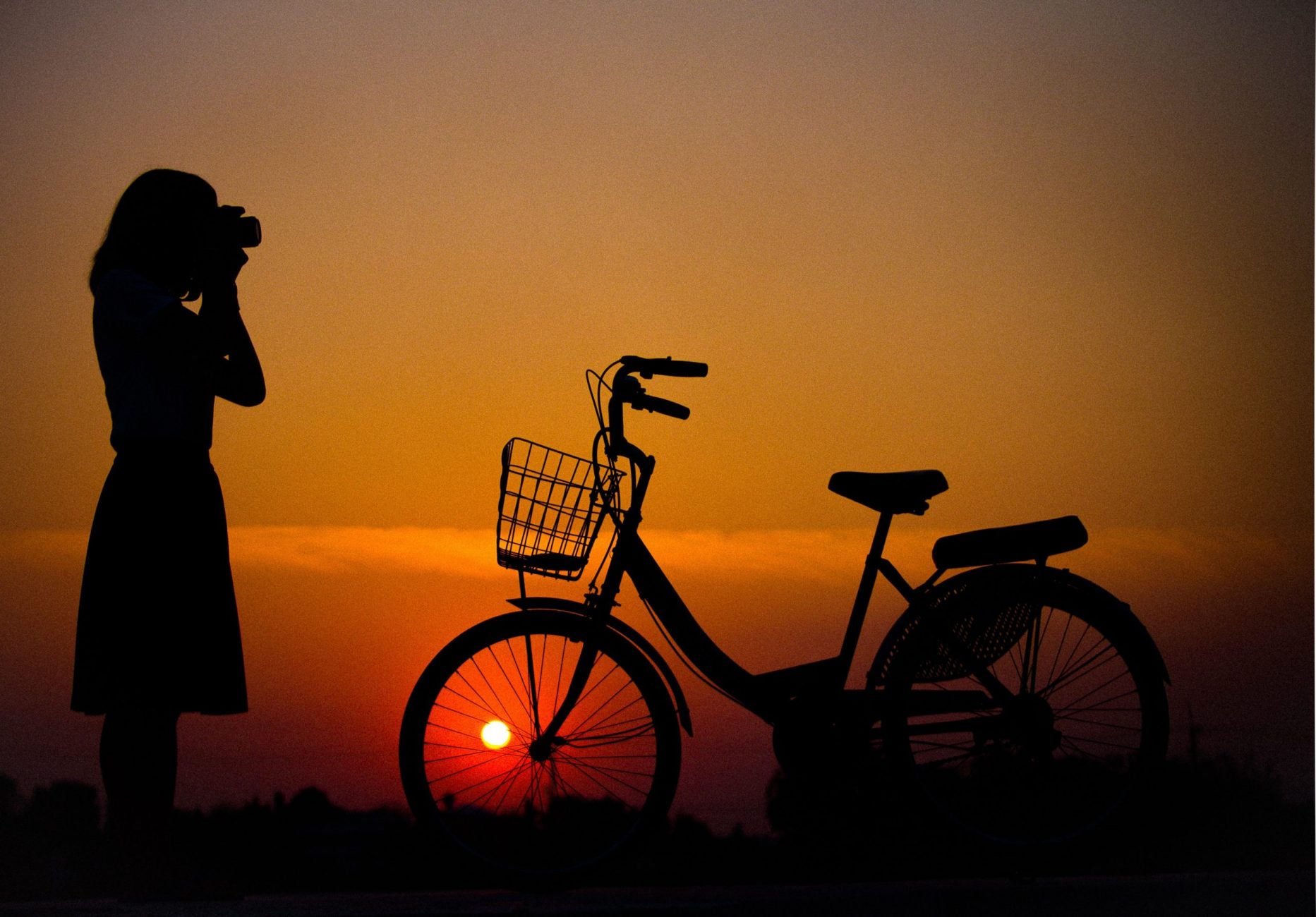Naderi Production
2 HANNERT DE KLEPPBEEM
L-6995 RAMELDANGE

The term bit is common in any form of digital media. With respect to digital imaging, bit depth goes by many names like pixel depth or color depth. In digital photography, the debate of 8-bit vs 16-bit files has been going on as much as Nikon vs Canon.
This article intends to give you a better understanding of what bit depth is. It will also take you through whether we need 16-bit images or not, and if we do, when we need them.
Most of us are aware of the fact that pixels are basic elements of any image. Specifically, any color in digital imaging is represented by a combination of red, green, and blue shades. One such combination is used per pixel, and millions of pixels make an image. It is for this reason that bit depth is also known as color depth. For example, pure red is represented with the numbers “255, 0, 0.” Pure green is 0, 255, 0, and pure blue is 0, 0, 255. In digital photography, each primary color (red, green or blue) is represented by an integer between 0 and 255. Any non-primary colors are represented by a combination of the primary colors, such as “255, 100, 150” for a particular shade of pink.
Some photographers confuse color depth with color gamut. Color gamut is a range of colors, usually used in the context of which range of colors a given device can display or printer can output. Electronic devices and printers are not able to display nearly as many colors as the human eye can see. The range of colors which they can display is usually limited to a color gamut like sRGB or AdobeRGB, or a specific gamut based on the printer/ink/paper at hand. You can read more about color gamut at Spencer’s article on sRGB vs Adobe RGB vs ProPhoto RGB.
In the above section, we saw that an 8-bit image can only hold 256 different shades of grey in total. But I mentioned at the start of this article that 8-bit color images actually have 256 shades per primary color. So, a standard color image that we commonly call “8-bit” actually can fit well more than just 256 shades. It’s more accurate to call it an 8-bit per channel image. If your color image has 8 bits per channel, and there are three channels (red, green, and blue), the overall image can actually fit a total of 256 × 256 × 256 shades, which equals 16,777,216 (or 2^24). That’s why you may occasionally hear an 8-bit per channel image referred to at a 24 bit image, even though this is not the most commonly used term for it.
I hope this article gave our readers a basic understanding of what bit depth is and the difference between 8-bit and 16-bit per channel images. Even though 16 bits may sound like overkill, we saw here that it finds its use in post-processing images. But 8-bit per channel images take up much less file space, so it’s worth exporting your images, especially for the web, to 8-bit per channel to save space.
If you have any questions or feedback, please post your comments in the comments section below.